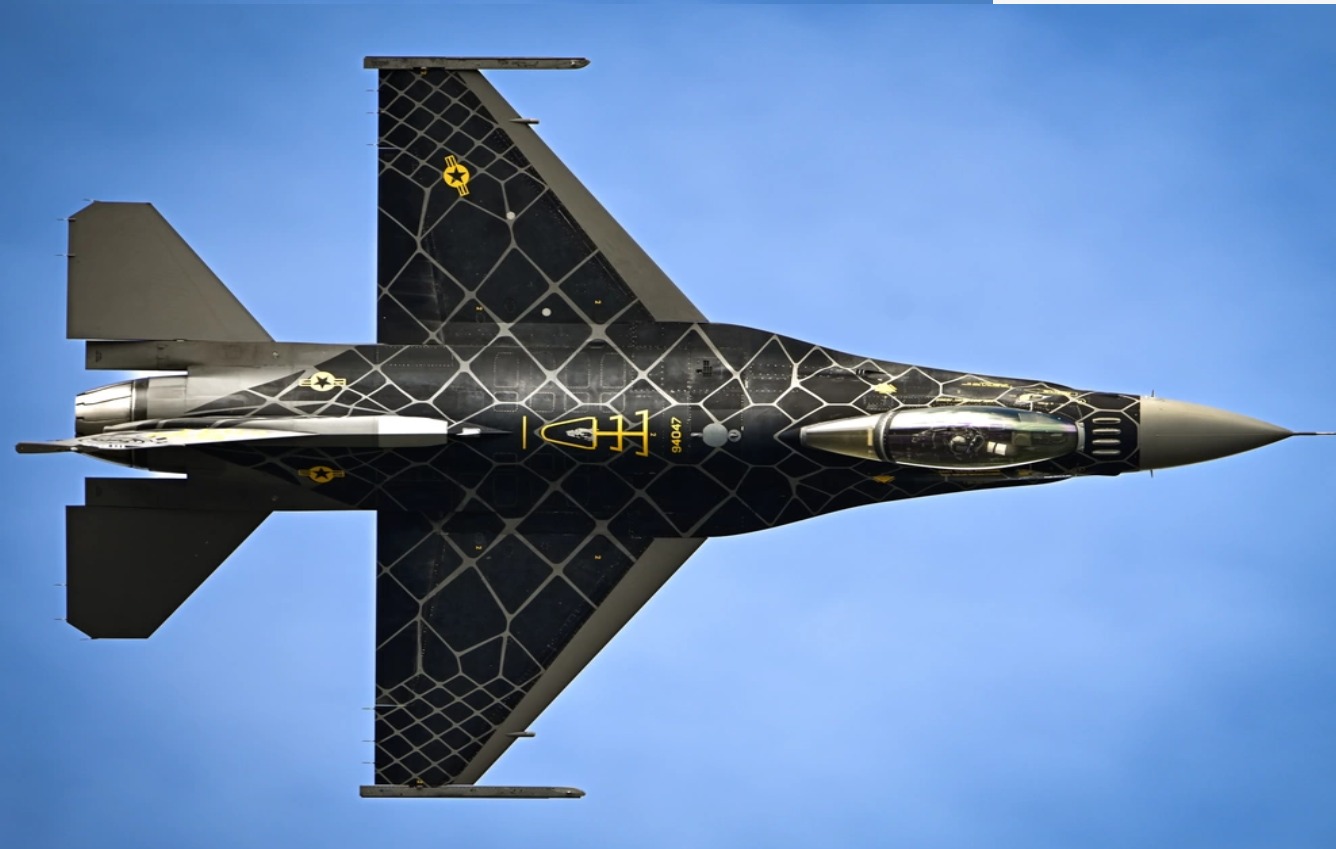The US Air Force is putting its experimentation with autonomous flight on an accelerated mode in 2024. The force will test F-16 ‘Vipers’ in autonomous mode to create a fleet of drone wingmen to fly alongside piloted fighter jets.
Deadlier Than Hypersonic Weapon, Why Ukraine Fears Russia’s Kh-22 Missiles More Than Kinzhals?
The experiment will be done under ‘Project VENOM.’ Six F-16s would be fitted with autonomous code as part of Project VENOM, which stands for “Viper Experimentation and Next-generation Operations Model.”
These fighter jets will be piloted by humans and taken over by the self-flying software in the in-flight testing zone. Through these trials, the USAF hopes to demonstrate if autonomous flight, as envisioned under the Collaborating Combat Aircraft (CCA) concept, can deliver the desired results.
The CCA concept envisages a fleet of at least 1000 collaborative combat aircraft capable of flying autonomously alongside the F-35A and Next-Generation Air Dominance family of fighter systems. Under this model, the Air Force would acquire two CCAs for each of the 200 NGAD platforms and two for each of the 300 F-35s.
These aircraft will conduct electronic warfare, carry out reconnaissance, or fly ahead of other aircraft so that their sensors may gather intelligence. The CCAs will be equipped with guns or missiles to carry out strikes against enemy targets and even act as decoys.
The service’s projected 2024 budget includes about $50 million for Project VENOM, which would test autonomous software on F-16 jets. An additional $69 million would be allocated for the establishment of an experimental operations unit team tasked with devising strategies and protocols for integrating CCAs into a squadron.
Air Force Secretary Frank Kendall stated in November 2023 that the fleet will probably wind up being bigger than the Air Force’s current estimate of 1,000 CCAs, which the service has been utilizing for planning purposes.
However, the Air Force must further study autonomous flying technology and how to integrate it into unit daily operations before deploying the drones. To improve autonomous software, the Air Force plans to gather in-flight data from the Project Venom trials about the interaction between pilots and machines.
The experiments would aid the USAF in gauging how to train the squadrons in deploying the CCAs. The experiments are meant to reduce the potential dangers associated with using autonomous drones in conjunction with crewed aircraft.
Additionally, the army wants CCAs to be affordable enough to be “attritable,” or to allow the service to absorb some losses in battle. Kendall estimates that the cost of CCAs will likely be between 25 percent and 33 percent of that of an F-35, meaning they might cost between $20 million and $27 million.
This would allow the USAF to send CCAs on riskier missions and avoid putting human pilots in danger. However, the US Congress has not been very forthcoming with approval and funding.
The USAF has tried to find other ways to get the work started to meet the goal of fielding by 2028. Kendall says the service does have “prospective contractors” signed on to start work ahead of a full program beginning.
Valkyrie – The Pilotless Wingman
Project VENOM is one of the many pilotless wingmen programs that the USAF is following. Another one powered by artificial intelligence is the USAF’s pilotless XQ-58A Valkyrie experimental aircraft.
It is at the forefront of the US military’s efforts to harness the potential of an emerging technology whose vast benefits are tempered by deep concerns about how much autonomy to grant a lethal weapon.
The Air Force envisions the Valkyrie, essentially a next-generation drone, as a powerful addition to its fighter aircraft fleet, providing human pilots with an array of highly competent robot wingmen to call upon in combat. Its goal is to combine artificial intelligence with its sensors to recognize and assess potential threats from the adversary before moving in for the kill with human approval.

Military strategists fear that in the event of a full-scale battle with China, especially with a Chinese invasion of Taiwan, the existing combination of Air Force aircraft and weaponry, despite the trillions of dollars invested in them, would no longer be able to be relied upon to prevail.
This is because China has installed more than a thousand anti-ship and anti-aircraft missiles along its coastline and on artificial islands it has built in the South China Sea. These missiles severely limit the United States’ ability to respond to any potential invasion of Taiwan without suffering significant casualties on land and in the air.
The F-35 fighter jet costs $80 million for each unit. After decades of producing fewer and fewer of these ever-more-expensive combat aircraft, the USAF currently has its oldest and smallest fleet ever.
This is where the collaborative combat aircraft, a new breed of artificial intelligence drones, will be useful. Some in the Air Force refer to the program as “affordable mass,” as the Air Force plans to produce 1,000 to 2,000 for as little as $3 million each, or a small portion of the price of an advanced fighter.
These robot aircraft will come in a variety of specialized varieties. Some will fly in assault swarms, some will concentrate on observation or resupply missions, while some will act as a “loyal wingman” to a human pilot.
- Ritu Sharma has been a journalist for over a decade, writing on defense, foreign affairs, and nuclear technology.
- She can be reached at ritu.sharma (at) mail.com
- Follow EurAsian Times on Google News